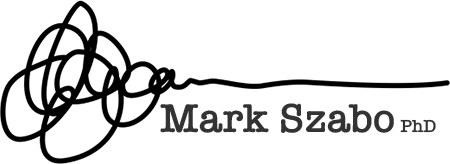CONFLICT MANAGEMENT
One of the most challenging aspects of any multiparty conflict or large project is managing the complex people side, AKA the "non-technical requirements."
This challenge is proving to be the Achilles heel of many important projects because we're not necessarily trained on how to deal with the uncertainty and risk that comes with the human element.
The science shows us that when we stop treating conflicts as if they are negotiations we can use that complex uncertainty to our advantage.
I designed an approach, called Focal Thinking, that creates a living model of the ever-changing human landscape of a project so together we can reduce the risks around the non-technical requirements.
Here is how the Focal Thinking model works.
PERSPECTIVE: Create a comprehensive, exhaustive model of all individuals, groups and organizations, so we can have a bird’s-eye view of absolutely everyone involved.
UNDERSTANDING: Analyze everyone’s motivations and goals, so we can clearly understand where each person is coming from.
POWER: Focus on who actually has power at any given moment, so we can identify the true sources of conflict and potential resolution.
INFLUENCE: Design coalitions to influence those with actual power, so we can create winning conditions that may not have existed before.
RESILIENCE: Create an internal team dynamic that constantly updates the above information and regularly revises strategy, so we can stay resilient in the face of constant change.
Together we will turn supporters into advocates, neutrals into sources of insight, and detractors into non-factors.
CLIENTS
My work is confidential and primarily with Boards and C-Suite executives.
I'd love to hear about what you're up to. Please feel free to contact me at mark@markszabo.com.
WHAT YOU GET
1. Human Landscape Model for focused clarity on the context and issues in simple, actionable terms
Primary & secondary research for fact-based decision making
Identification of supporters, neutrals, and detractors
Clarification of their decision making priorities
Problematic patterns of interaction
2. Strategic Plan to change specific patterns of interaction
Future state prototyping
Persuasion pinch points
Coalition opportunities
Implementation team requirements
3. Coordinate Tactics to create the needed support and neutralize detractors
Communications channels
Facilitated engagement
Non-cooperative stretch collaboration
Change management implementation
Agile monitoring and feedback loop
4. Model Resilience to monitor constant updates
Regular, real-time updates
Social & Earned Media analysis
Monitor the power conflicts
Tactics for Resolution
CLIENTS
My work is confidential and primarily with Boards and C-Suite executives.
I'd love to hear about what you're up to. Please feel free to contact me at mark@markszabo.com.

